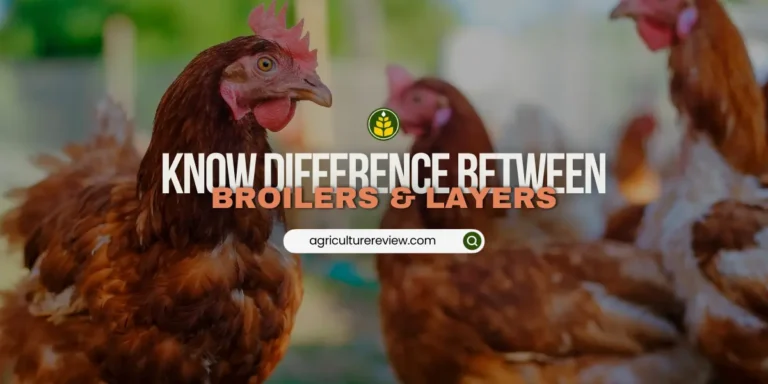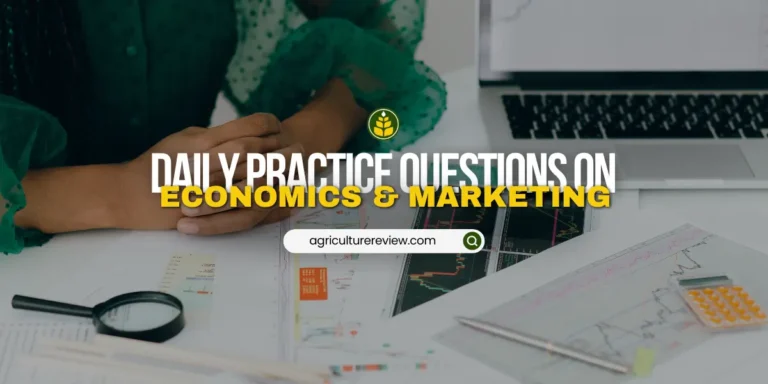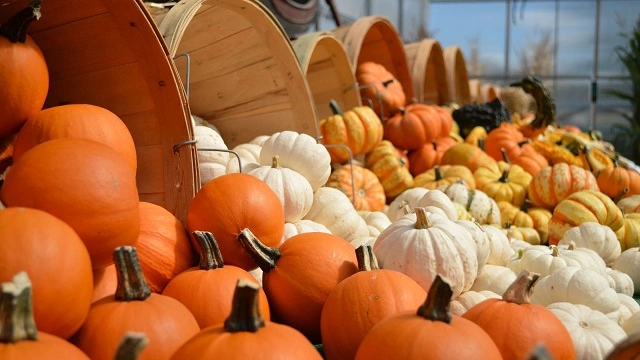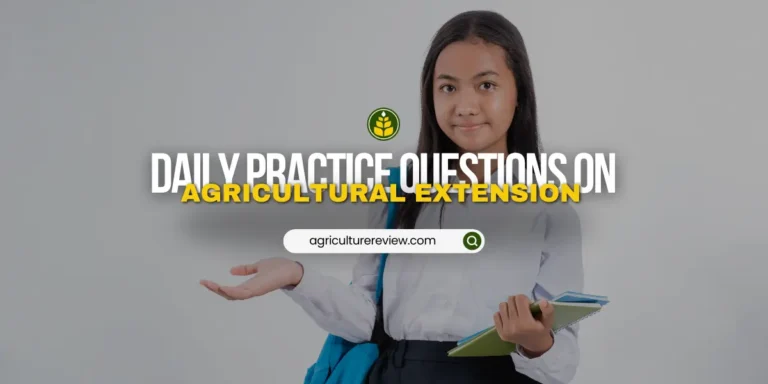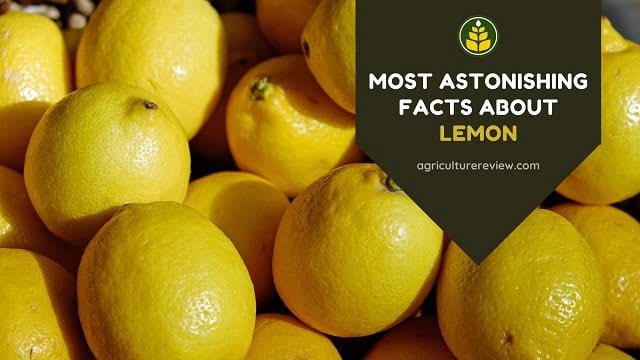If you are preparing for the Licensure Examination for Agriculturists and want to improve your basics, then this Confidence Booster Test Series is for you. This test series is based on notes that we share in the Facebook group, WhatsApp channel, and Telegram group a day before the exam. Before appearing for this test series, it is recommended to read and memorize all the points given in the notes provided by us.
The code for this test series is : CBTS-CS-01; it will cover basic information on photosynthesis, respiration, and transpiration. After reading and memorizing the notes, you will be able to answer all the questions correctly. Let’s know your score once you have attempted all the questions. If you have not read the pdf notes, then do read them first, as this test series is intended to boost your confidence step by step.
Make sure to turn on the notifications to receive daily updates; it will help you access new test series in advance. All the best! One day you will surely become a true agriculturist!
Subscribe to our newsletter!

Question Code: : CBTS-CS-01
If you have any queries, ideas or suggestions, then please comment below. You can also connect with Agriculture Review on Facebook, Instagram, Koo and WhatsApp Messenger.
